Red Wine Vs White Wine: Key Insights On Benefits & Differences
Grapes gone gourmet, but what about your health? Get the facts and find the perfect sip for your health and taste.

Image: Shutterstock
The purplish hue and rich fruit flavor of the red wine may catch more attention than white wine. Red wine also tastes bolder while white wine has more of a floral aroma. However, both the wine varieties are said to improve cardiovascular health, thanks to the presence of bioactive compounds like polyphenols. But are there any differences between these two, other than their appearance or taste? Does red wine offer the same benefits as white wine?
This article explores the differences between red wine and white wine, their nutrition, benefits, side effects, and their preparation process. Keep reading.
In This Article
Red Wine Vs. White Wine
Red and white wines have both similarities and differences. The type of grapes used and the way they are fermented and stored differs for both these varieties.
- How They Are Made: Red wine is made with red grapes with skin intact, which gives this beverage its ruby (or purplish as it ages) hue. However, the skin is removed in the making of white wine.
- Nutritional Profile: Coming to their nutritional components, red wine is rich in plant compounds like polyphenols. Resveratrol is a primary polyphenol in red wine that has antioxidant effects (1). This drink also contains tannins, which are responsible for its bitter taste and astringency (2). On the other hand, white wine is lower in tannins. So, people who do not enjoy the drying effect of highly tannic drinks or those with tannin sensitivity may choose white wine over the red variant.
- Storage: Their storage processes are also different. While red wine is matured in oak barrels, white wine is aged in cast iron vessels at times. It is also said that red wine is made with significantly fewer sulfites and sugar than the other versions. However, more research is warranted in this regard. These compounds may cause headaches, stomach pain, and diarrhea in some people. Red wine has a rich and bitter taste while white wine has a sharp and citrusy flavor. However, some varieties of white wine are sweet or mellow and a few varieties of red wines are sweet and also acidic. The taste totally depends on various factors like processing, aging, and storage.
 Did You Know?
Did You Know?- Other Compounds: Red wine is made with significantly fewer sulfites and sugar than the other versions. These compounds may cause headaches, stomach pain, and diarrhea in some people.
- Taste: Traditionally, red wine falls more under the berry spectrum. So, while tasting it you may notice notes of red cherry, strawberry, red plum, raspberry, red currant, cranberry, etc. White wine, on the other hand, is commonly linked to citrusy, fruity, and tropical notes, such as lemon, peach, lime, orange, pineapple, etc. Due to this, red wine has a rich and bitter taste while white wine has a sharp and citrusy flavor.

According to a survey conducted on 1617 Americans, 31% of them liked red wine, whereas 16% of them preferred white wine. Out of this, 35% of men liked red wine, and 13% opted for white wine. In the case of women, this percentage was 28 and 19 for red and white wine, respectively.
 Pro Tip
Pro TipYou can find different varieties of red and white wines depending on their alcohol content and the grapes used . Let us check them out in the following section.
Key Takeaways
- While red wine tastes bolder, it has a deeper color and a richer aroma, while white wine is more floral and has a lighter hue.
- Both wines contain bioactive compounds, such as polyphenols, that offer health benefits when consumed in moderation.
- Red wine is generally considered healthier as it helps lower cholesterol levels, improve cardiovascular health, and delay cognitive decline.
Types Of Red Wine And White Wine
i) Types Of Red Wine
- Cabernet Sauvignon
It is one of the world’s most widely recognized full-bodied (more than 13.5% alcohol) red wines. It pairs well with a short rib, lamb, or burger.
- Merlot
It tastes like cherries and chocolate. This dark-blue wine does not leave your mouth dry and goes well with spaghetti, pizza, or chicken.
- Zinfandel
This beverage comes with concentrated and juicy fruit flavors. It is made from black-skinned grapes and goes well with pasta or pork ribs.
- Syrah
Also known as Shiraz, it is produced from a dark grape variety. It is spicy, bold, and peppery with a blackberry flavor. This drink goes well with a charcuterie plate.
- Malbec
It is a full-bodied red wine produced from purple grapes. This crowd-pleaser is available in cherry or plum flavors, which go well with flank steak or any spicier foods.
- Pinot Noir
Produced from black-skinned grapes, it is a lighter-bodied (less than 12.5% alcohol) wine of longevity and complexity (there are many pinots with a higher alcohol content too). It tastes like cranberry or raspberry and pairs well with sushi or salmon..
- Sangiovese
It is produced from the Italian grape variety and is a medium-bodied (12.5 to 13.5% alcohol) beverage that tastes like soil, tobacco, and pepper. You can take pasta or pizza with this red wine.
- Nebbiolo
The drink is produced from another Italian grape variety and comes with anise and rose aromas. It goes well with goose or wild boar.
- Grenache
Grenache red wine is made from a type of grape called grenache known for its fruity and full-bodied wines. This fruit widely grows in warm climates and is a key component in Southern Rhône blends. The wines often feature flavors of red berries and cherry.
- Tempranillo
Tempranillo red wine originates from Spain and is used in producing wines with dark berry and plum flavors. Prominent in Spanish wines like Rioja, it offers a balance of acidity and is known for its aging potential. Tempranillo often exhibits hints of vanilla in its profile.
ii) Types Of White Wines
- Chardonnay
It is the world’s most popular white wine made from green-skinned grapes. This medium to full-bodied, dry beverage is available in flavors ranging from apple to papaya. Also, it is best paired with prawns, crabs, cod, or lobster.
- Sauvignon Blanc
Also known as grassy, this wine is known for its refreshing crispness. It is packed with acidic or citrus aromas and goes well with chicken, seafood, or seasoned vegetarian dishes.
- Moscato
It is a sweet, fizzy white wine, sparkling at times, that is made with Muscat grapes. It has low alcohol content and pairs well with desserts, cucumbers, carrots, and celery.
- Pinot Grigio
It is a zesty, light-bodied wine loaded with floral aromas. It comes in pear, lime, and green apple flavors along with a faint honey note. You can enjoy this drink pairing with pasta, other vegetarian foods, and seafood.
- Riesling
It is an aromatic and refreshing white wine, which goes well with delicate fish.
- Viognier
This full-bodied white wine has a jasmine and spring blossom scent and comes in peach and apricot flavors. It pairs well with seafood or roasted meats.
Choosing the perfect wine comes down to personal taste and the food served. Whether you prefer a bold red or a crisp white, each type of wine brings its own unique flavor and characteristic to the table. The right one can elevate your meal to the next level. So, do not be afraid to experiment and discover what works best for your palate. However, do remember to consume wine in moderation.
The presence of several plant compounds in red wine makes this beverage healthy in a way. We discuss the benefits of red wine consumption in the following section. Keep reading.
Health Benefits Of Red Wine
1) May Help Reduce Cardiovascular Disease Risk
Polyphenols like resveratrol in red wine may help prevent the clumping of platelets and reduce the risk of blood clots. Resveratrol also helps combat free radicals and is associated with reduced cardiovascular risk (1). Studies suggest that this highly beneficial polyphenol may also be an effective option to treat metabolic syndrome, which otherwise elevates the risk of heart disease (3). Moreover, resveratrol also has beneficial effects against atherosclerosis (plaque buildup in arteries), hypertension, ischemia (reduced blood flow), heart failure, diabetes, obesity, and aging (4). Quercetin is another active compound in red wine, which has cardioprotective properties (5). In a study, moderate consumption of red wine for four weeks was found to increase HDL-C and fibrinogen (glycoprotein) levels (6).
2) May Help Treat Type-2 Diabetes
Drinking red wine for two weeks was found to improve insulin resistance in people with type-2 diabetes. Moreover, insulin-mediated whole-body glucose disposal also improved significantly after red wine intake (7).
Some red wines contain a significant amount of alcohol. A study suggests that light to moderate intake of alcohol regularly is inversely linked with the incidence of type-2 diabetes. This phenomenon was found to be dependent on the frequency of alcohol intake and not the type of alcoholic beverage (8).
3) Helps Slow Down Cognitive Decline
Red wine is rich in several polyphenols, including resveratrol, which acts as a neuroprotectant. It modulates metal ion deregulation (which results in neurodegenerative diseases) and reduces oxidative stress. Resveratrol in red wine may also help slow down cognitive decline and improve neurodegenerative disorders like Alzheimer’s disease (9).
4) May Support Gut Health
Research suggests that the polyphenols in red wine act as prebiotics, the compounds that support the growth of beneficial gut bacteria, (10). So, moderate red wine consumption may enhance the diversity of healthy gut bacteria, such as Bifidobacterium and Bacteroides. These changes may also contribute to better heart health and reduced inflammation.
All these benefits are subject to light to moderate consumption of red wine. That said, does white wine too have similar benefits? Continue reading to find out.
White Wine Benefits
A study conducted by the University of Barcelona, Spain, found that wine phenolics may offer protection against cardiovascular diseases and cancer (11). White wine phenols possess higher antioxidant properties than red wine phenols, which may help improve cardiovascular conditions (12). An energy-restricted diet is effective in overweight and obese individuals who are used to drinking moderate amounts of white wine (13). Besides, wine extracts possess some antioxidant and anti-aging properties that help improve skin health (14).
Red wine and white wine have slight variations in their nutrition profile. We discover them in the following section.
Nutritional Comparison Of Red Wine And White Wine
According to the U.S. Department of Agriculture, one serving each (147 g) of red and white wine contains (15), (16):
| Red Wine | White Wine | |
| Calories | 125 | 121 |
| Protein | 0.103g | 0.103g |
| Carbohydrate | 3.84g | 3.82g |
| Sugar | 0.911g | 1.41g |
| Calcium | 11.8 mg | 13.2 mg |
| Iron | 0.676 mg | 0.397 mg |
| Magnesium | 17.6 mg | 14.7 mg |
| Phosphorous | 33.8 mg | 26.5 mg |
| Potassium | 187 mg | 104 mg |
| Zinc | 0.206 mg | 0.176 mg |
| Niacin | 0.329 mg | 0.159 mg |
| Vitamin B6 | 0.084 mg | 0.073 mg |
| Riboflavin | 0.046 mg | 0.022 mg |
| Vitamin K | 0.588 µg | 0.588 µg |
Red and wine wines have some obvious benefits. However, you cannot ignore their downsides.
Side Effects Of Drinking Red Wine And White Wine
Drinking red and white wines moderately is generally considered safe. However, their excess consumption may cause some side effects. Weekly consumption of at least five standard units (about 50g of alcohol) or more is linked with the risk of malformation during pregnancy. Similarly, intake of at least four standard units of alcohol per week may increase the risk of early neonatal death. Hence, pregnant women are advised to avoid daily consumption of red wine (17). Moreover, wine, especially red wine, can trigger migraine and may even cause headaches in non-migraineurs (18).
White wine contains more sulfites. So, people with and sulfite sensitivity may experience dermatitis, urticaria (hives), flushing, hypotension, abdominal pain and diarrhea, and life-threatening anaphylactic and asthmatic reactions following white wine intake (19), (20).
Winemaking involves several steps, from harvesting grapes to fermenting the beverage. Let us delve deeper into the process of winemaking.
Making Of Red Wine And White Wine
i) How Is Red Wine Made?
Step 1:
Grapes are generally handpicked and put through physical processing (however, cheaper wine is usually not made from handpicked grapes).
Step 2: Stems and leaves are separated from the fruit (destemming process). The grapes are then lightly crushed and pumped into a stainless steel (or concrete) vessel for fermentation.
Step 3: Solid and liquid phases get separated during this stage. Yeast starts fermentation, and the grape skin starts to float to the surface. The temperature is also controlled as fermentation releases heat. Otherwise, it can impair the flavor.
Step 4: The juice is extracted from the grapes (also called ‘pressing’). Then comes the second stage of microbiological transformation (malolactic fermentation). During this stage, malic acid in the grapes is converted into lactic acid under the influence of bacteria.
Step 5: The red wine is transferred from one container to another, in order to separate the sediment. And a sulfur dioxide preservative is added to prevent bacterial spoilage. It is then aged in stainless steel or concrete tanks before bottling (the period varies from a few days to several months).
Step 6: The wine undergoes fining, where any faults (like excess tannins) are corrected.
Step 7: The wine is filtered to remove any yeast cells or bacteria that remain. This, however, depends on the winemaker’s preference.
Step 8: The beverage is bottled.
ii) How Is White Wine Made?
Step 1:
The grapes are harvested. Most white wines use green and yellow-colored grapes.
Step 2: The grapes are pressed to extract juice, which gets collected in a tank.
Step 3: The juice is made to sit in the tank until it settles down. This settling process helps remove suspended solids that add bitterness to the finished wine.
Step 4: Yeast is added to start fermentation.
Step 5: The juice is fermented for about 14 days. White wines are fermented at cooler temperatures than red wines to preserve delicate floral aromas.
Step 6: Malolactic fermentation is carried out under bacterial influence. Here, the bacteria eat up malic acid found in the grapes and release lactic acid. The result is a creamy, smooth, and buttery-tasting wine. However, only a few white wines, like chardonnay and viognier, undergo this process.
Step 7: The wine is made to sit in tanks or barrels for a little while when it is done. Meanwhile, some winemakers use a golf club-like tool to stir the wine. Stirring causes all these little dead yeast particles, called lees, to blend into the wine. The lees add flavor to the wine (tastes like beer or bread), giving it a creamier texture.
Step 8: After the wine has aged enough, it is time to make the blend (the process that adds more balance and flavor to the wine).
tep 9: The wine is still cloudy at this point. Many winemakers add clarifying or fining agents to remove suspended proteins in the wine (proteins make the wine cloudy).
Step 10: The beverage is now bottled with as little exposure to oxygen as possible. A small amount of sulfur dioxide is often added to help preserve the wine.
Both red and white wines have beneficial effects on health if consumed in moderation. However, red wine is considered the healthier of the two as it helps improve heart health due to the presence of polyphenols like resveratrol, lowers cholesterol levels, and slows down cognitive decline. If you like bold flavors, go for red wine. That said, certain white wines have bold flavors too. So you may choose as per your preferences.
However, a higher intake of any wine may trigger migraine headaches and other side effects due to its alcohol content. Hence, moderation is key.
Frequently Asked Questions
Is red wine sweeter than white wine?
No. In general, white wines are sweeter than red wines.
Do red and white wine taste the same?
No. Both have different tastes. The lack of tannins in white wine gives it a sweeter taste, while red wines have large amounts of tannins.
Is white wine less alcoholic than red?
Yes. Red wine is more alcoholic than white wine by volume.
What is the white wine’s alcohol percentage?
The alcohol percentage in white wine typically averages around 10% by weight (21). However, the exact alcohol content can vary depending on the grape variety, winemaking techniques, and the region where the wine is produced.
References
Articles on StyleCraze are backed by verified information from peer-reviewed and academic research papers, reputed organizations, research institutions, and medical associations to ensure accuracy and relevance. Read our editorial policy to learn more.
- Contribution of Red Wine Consumption to Human Health Protection
https://www.ncbi.nlm.nih.gov/labs/pmc/articles/PMC6099584/ - Tannins in Food: Insights into the Molecular Perception of Astringency and Bitter Taste
https://www.ncbi.nlm.nih.gov/labs/pmc/articles/PMC7321337/ - Resveratrol and Cardiovascular Diseases
https://www.ncbi.nlm.nih.gov/labs/pmc/articles/PMC4882663/ - Resveratrol in cardiovascular health and disease
https://pubmed.ncbi.nlm.nih.gov/21261638/ - Red wine: A drink to your heart
https://www.ncbi.nlm.nih.gov/labs/pmc/articles/PMC3023893/ - Effect of red wine and red grape extract on \’blood lipids\’ \’haemostatic factors\’ and other risk factors for cardiovascular disease
https://pubmed.ncbi.nlm.nih.gov/15674304/ - Red wine consumption improves insulin resistance but not endothelial function in type 2 diabetic patients
https://pubmed.ncbi.nlm.nih.gov/15736107/ - Diabetes mellitus: oxidative stress and wine
https://pubmed.ncbi.nlm.nih.gov/14606979/ - Resveratrol and Alzheimer’s disease: message in a bottle on red wine and cognition
https://www.ncbi.nlm.nih.gov/labs/pmc/articles/PMC4030174/ - Influence of red wine polyphenols and ethanol on the gut microbiota ecology and biochemical biomarkers
https://pubmed.ncbi.nlm.nih.gov/22552027/ - Beneficial effects of white wines
https://pubmed.ncbi.nlm.nih.gov/10370874/ - Cardioprotection with white wine
https://pubmed.ncbi.nlm.nih.gov/12073762/ - Effects of moderate consumption of white wine on weight loss in overweight and obese subjects
https://pubmed.ncbi.nlm.nih.gov/15356671/ - Identifying a Role of Red and White Wine Extracts in Counteracting Skin Aging: Effects of Antioxidants on Fibroblast Behavior
https://pubmed.ncbi.nlm.nih.gov/33546215/ - \’Alcoholic beverag\’ \’wine\’ \’table\’ red
https://fdc.nal.usda.gov/fdc-app.html#/food-details/173190/nutrients - \’Alcoholic beverage\’ \’wine\’ \’table\’ white
https://fdc.nal.usda.gov/fdc-app.html#/food-details/174837/nutrients - Pregnancy and alcohol: \’occasional\’ light drinking may be safe
https://pubmed.ncbi.nlm.nih.gov/22413723/ - Wine and headache
https://pubmed.ncbi.nlm.nih.gov/24801068/ - Allergic and intolerance reactions to wine
https://www.ncbi.nlm.nih.gov/labs/pmc/articles/PMC6883207/ - Adverse reactions to the sulphite additives
https://www.ncbi.nlm.nih.gov/labs/pmc/articles/PMC4017440/ - Alcoholic beverage, wine, table, white
https://fdc.nal.usda.gov/fdc-app.html#/food-details/174837/nutrients
Read full bio of Gabrielle Kane
Read full bio of Sindhu Koganti
Read full bio of Ravi Teja Tadimalla
Read full bio of Moksha Gandhi










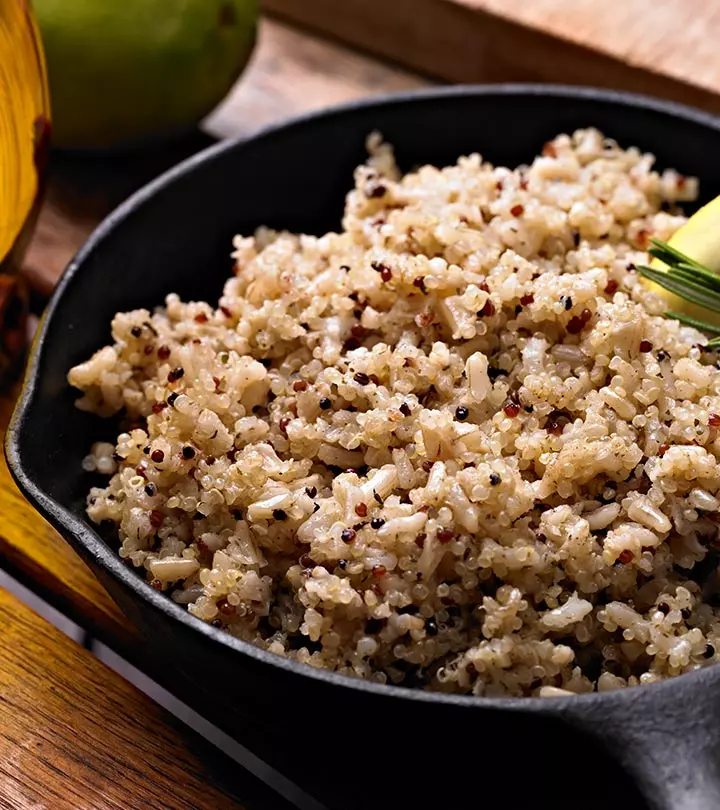


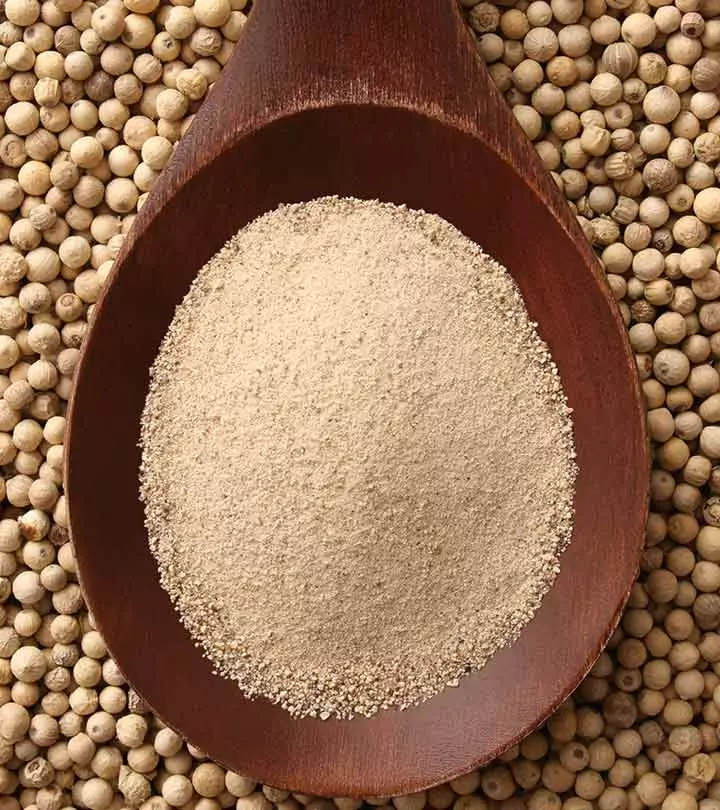


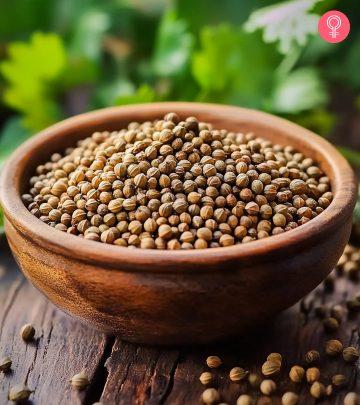

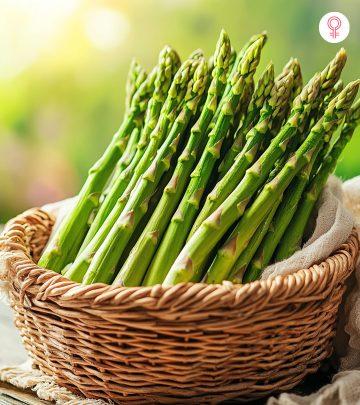
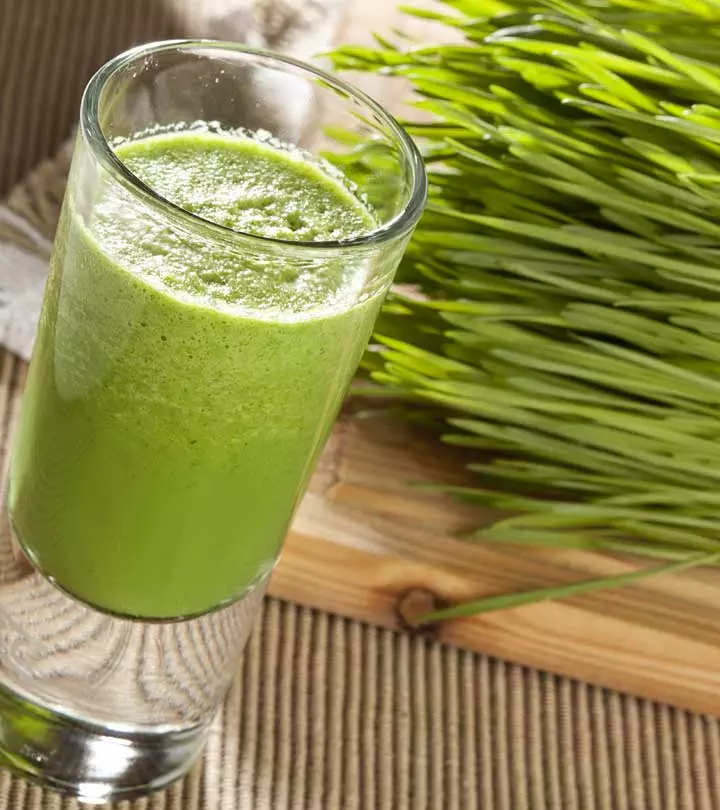
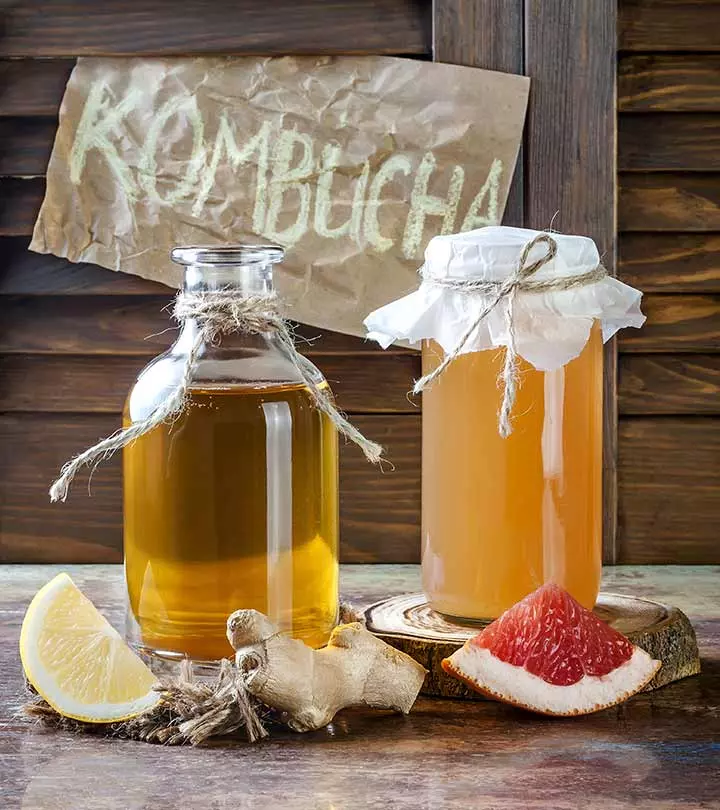
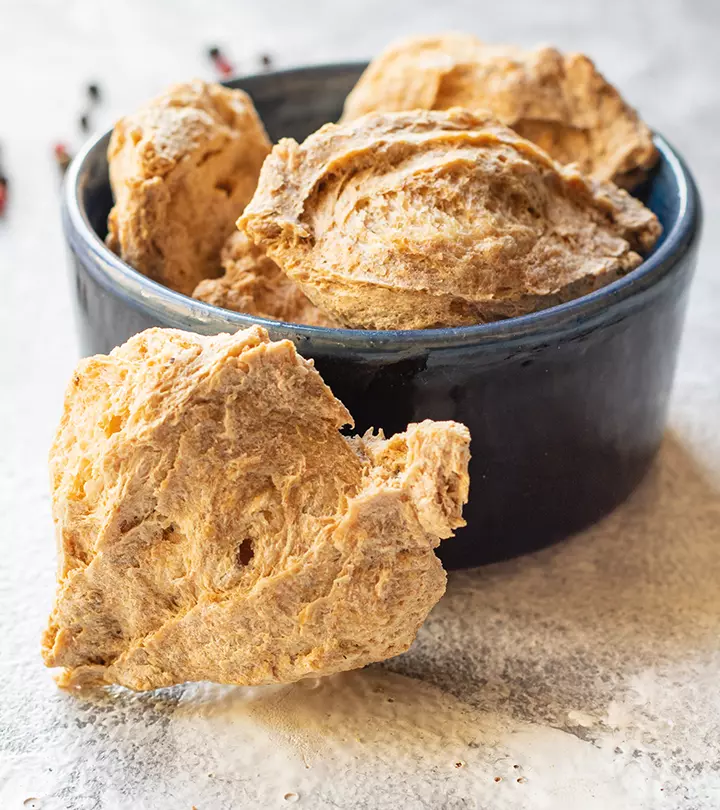
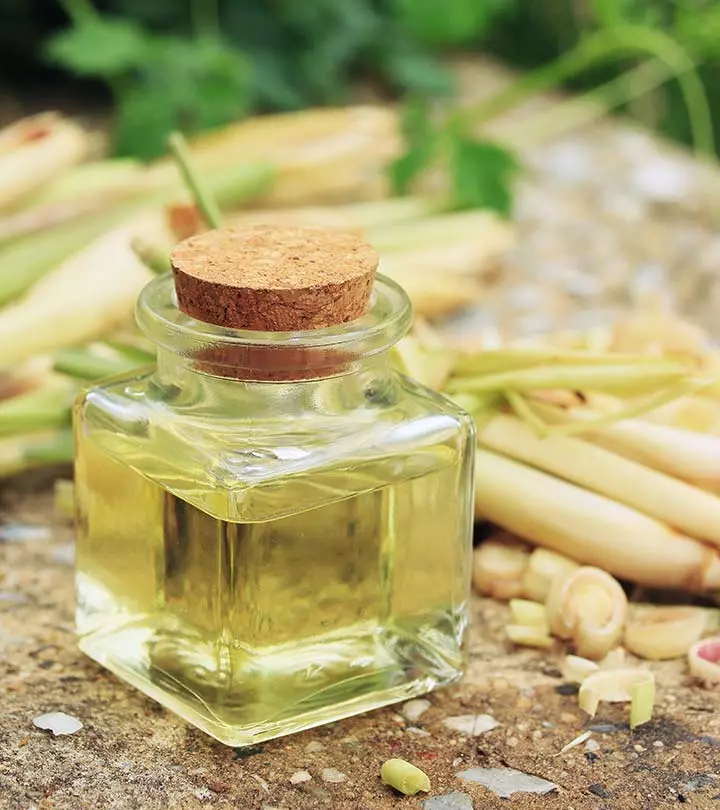

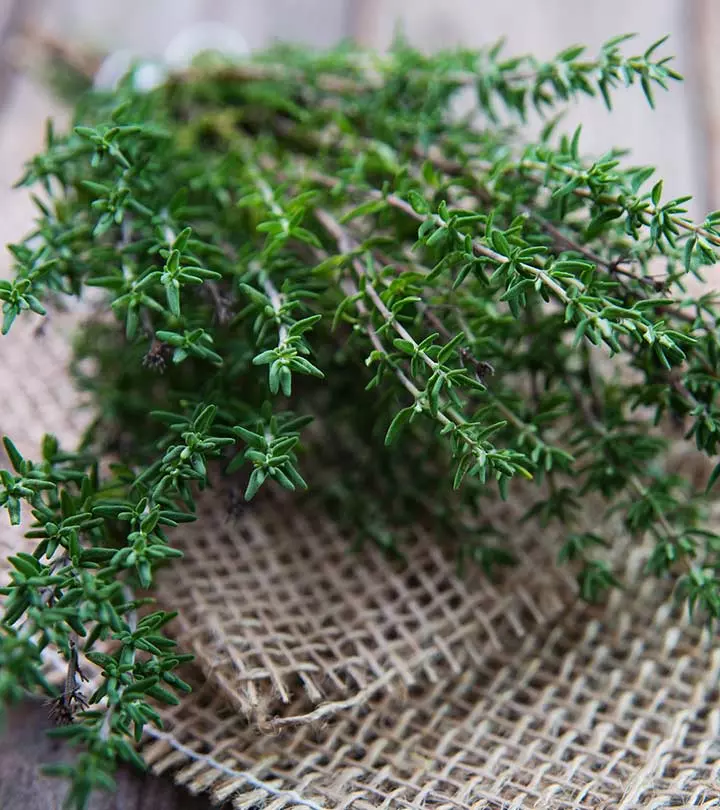


Community Experiences
Join the conversation and become a part of our empowering community! Share your stories, experiences, and insights to connect with other beauty, lifestyle, and health enthusiasts.